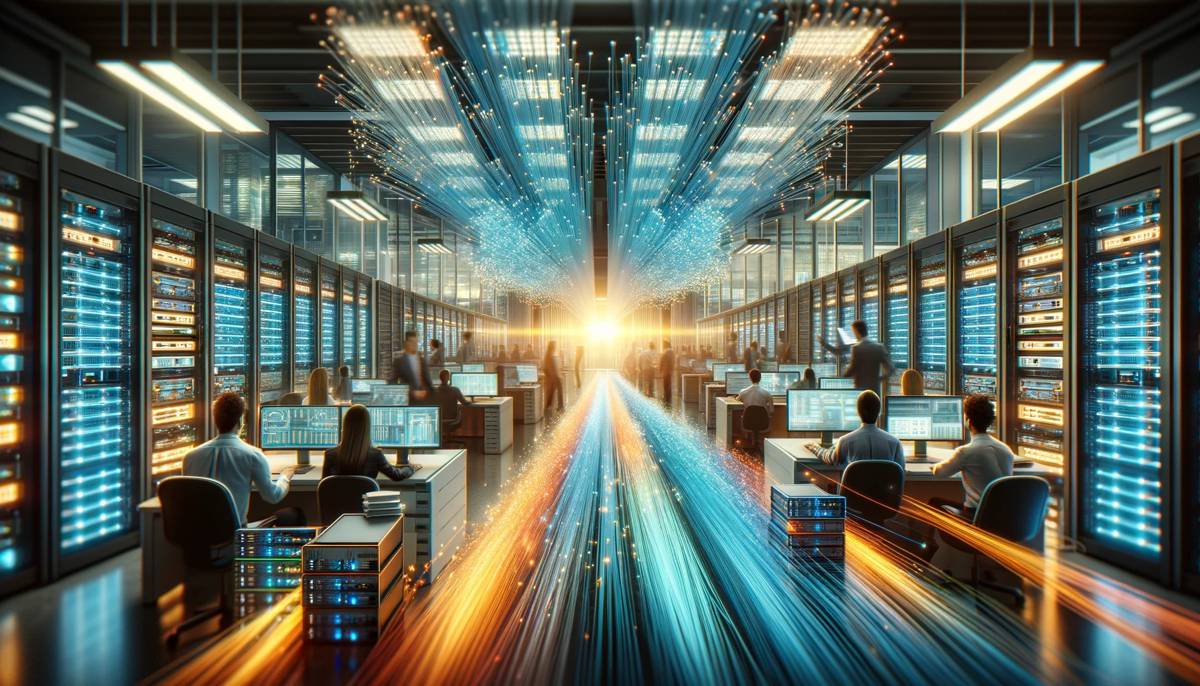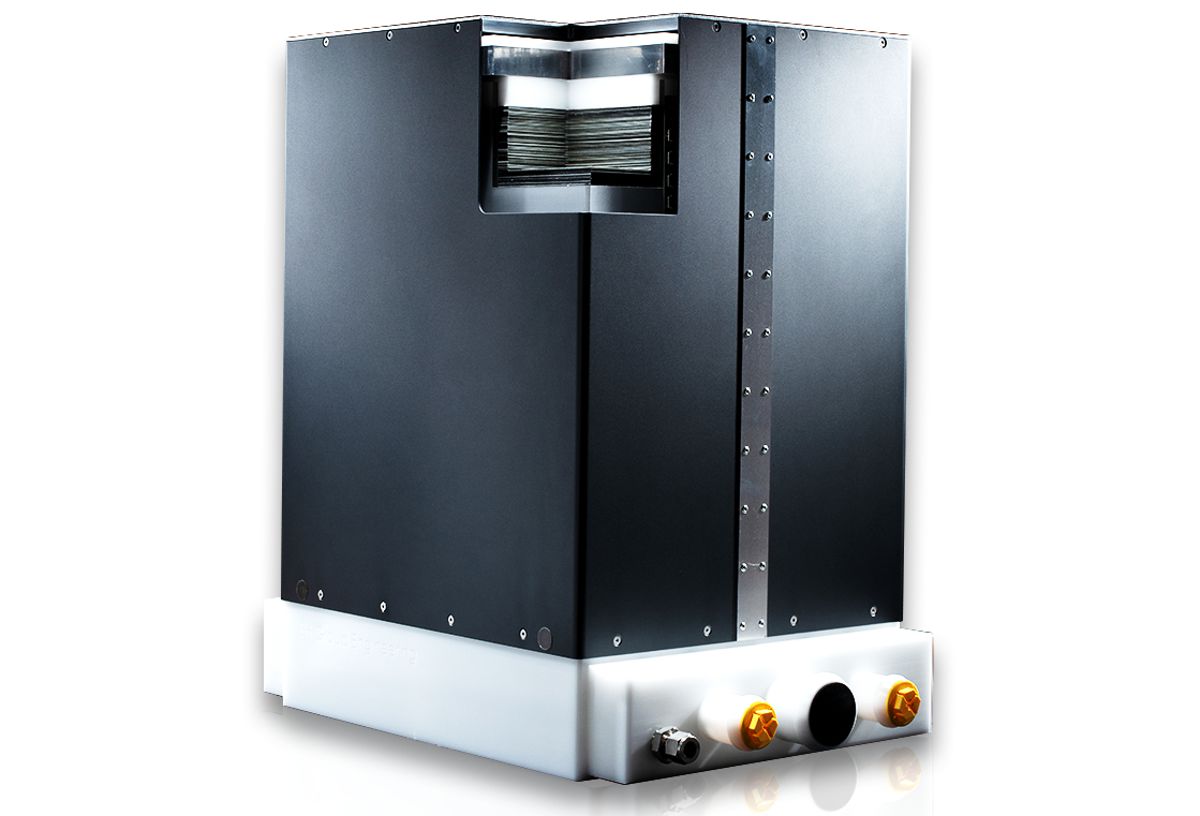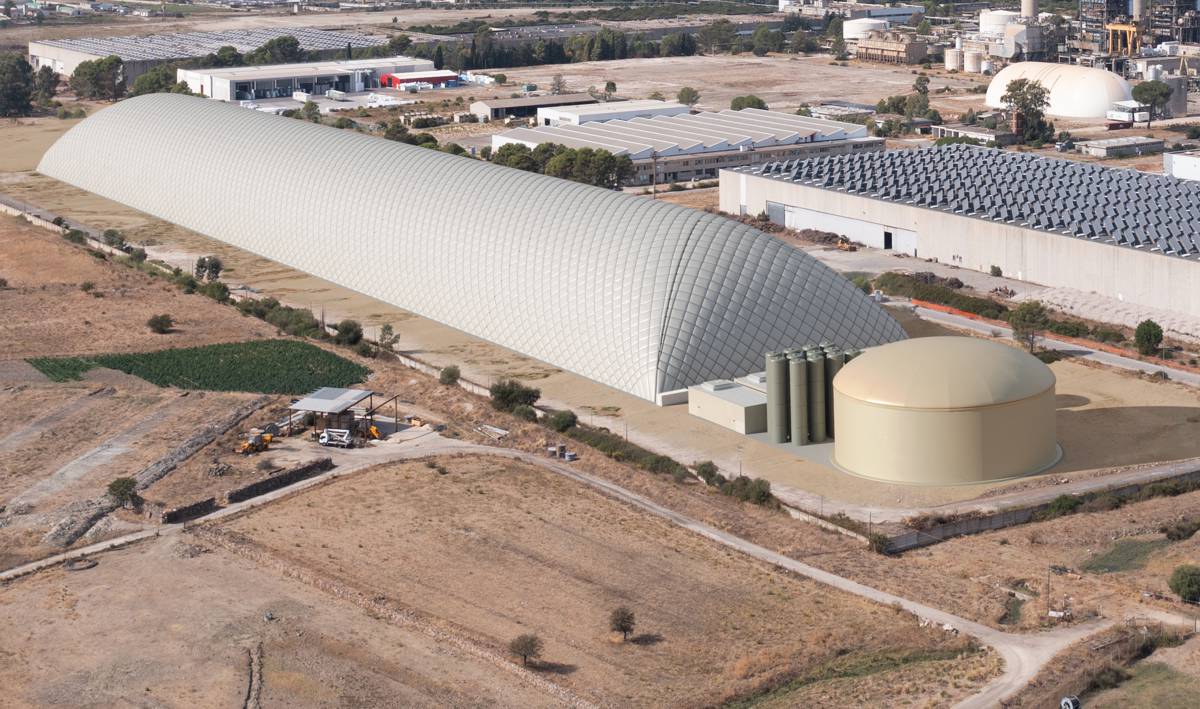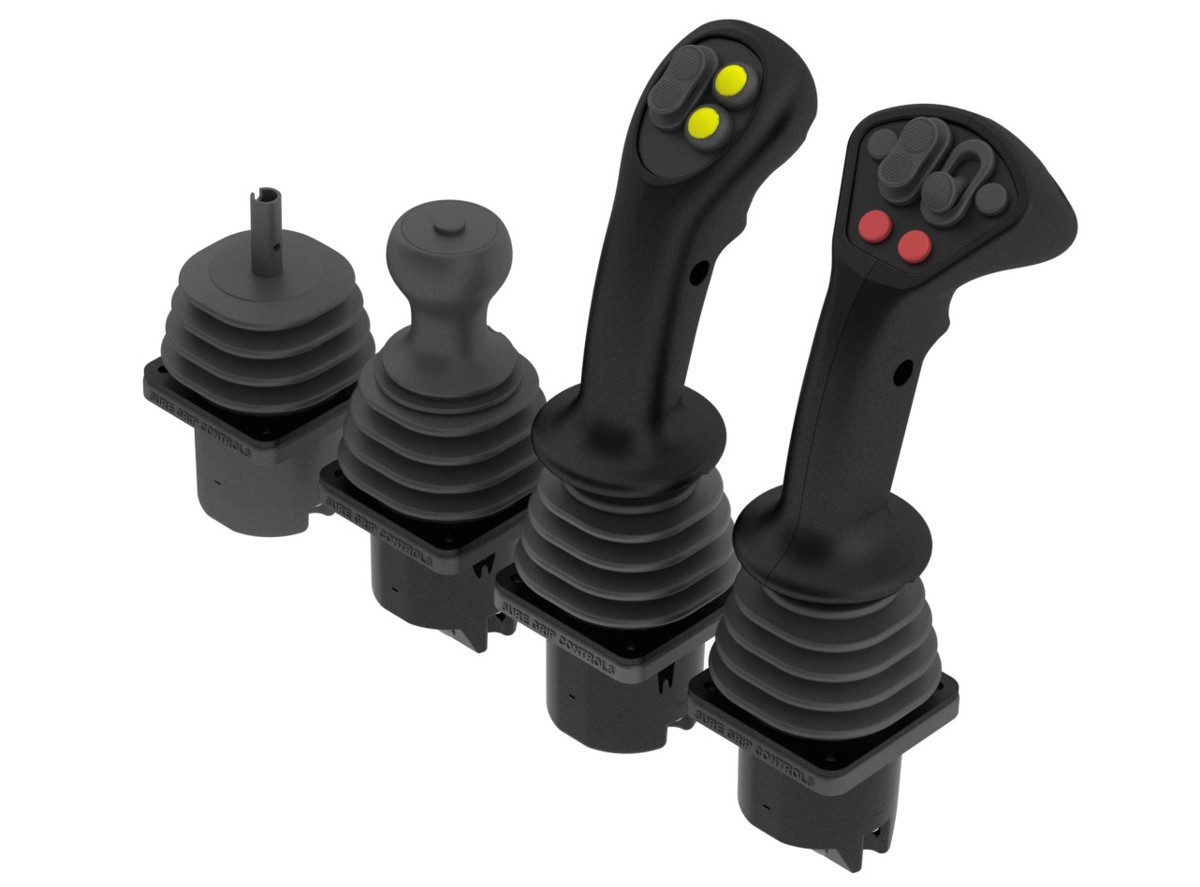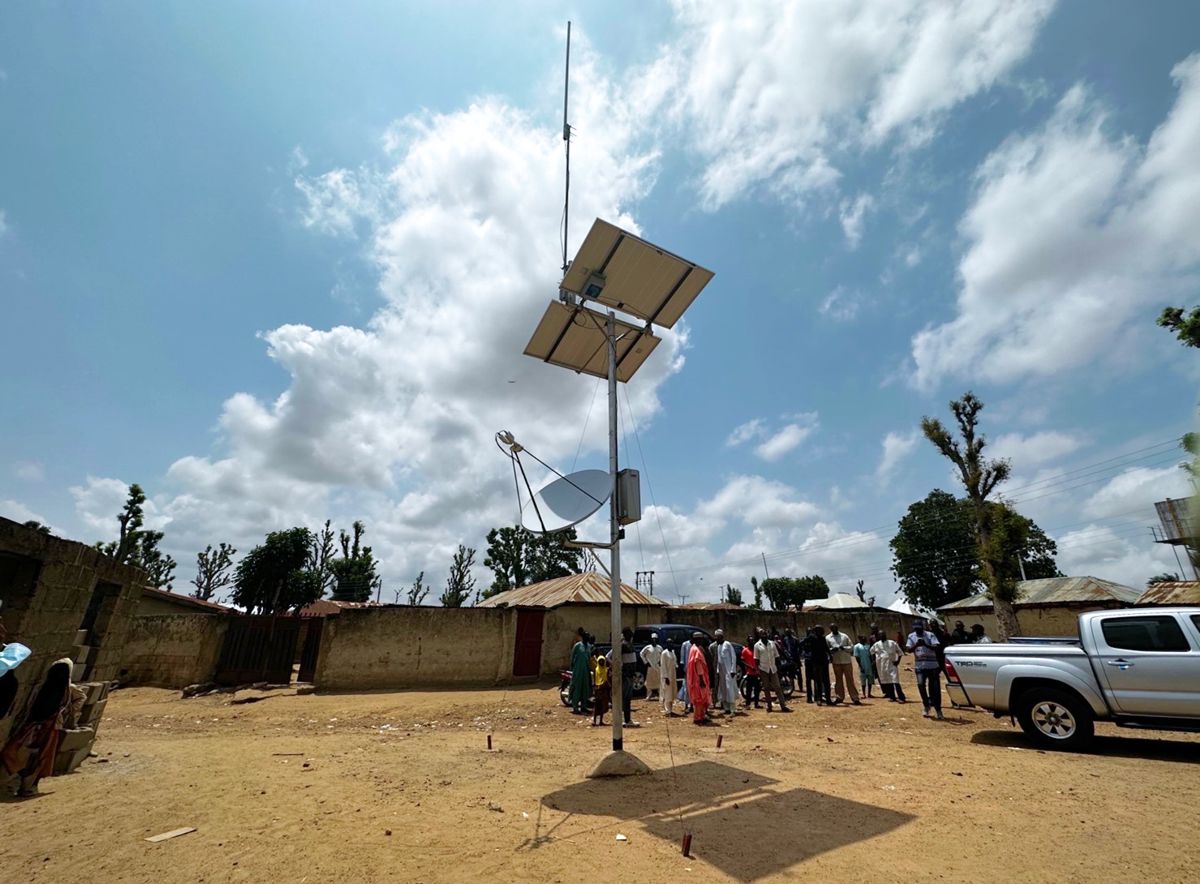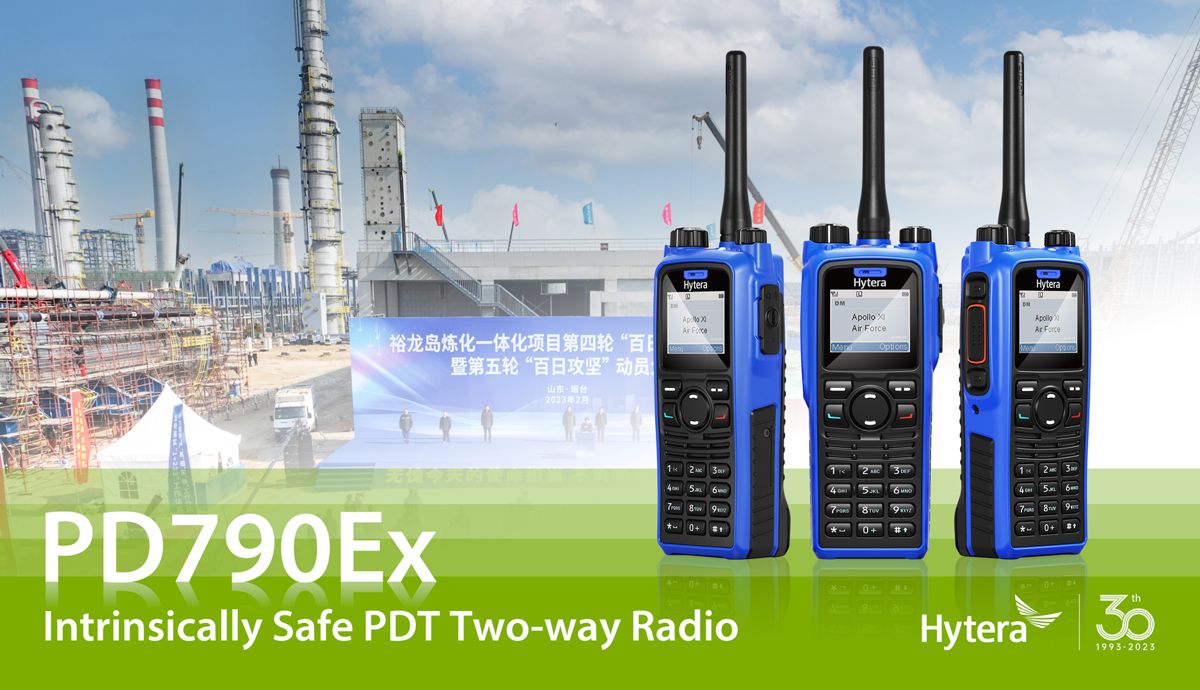Smart Parking is a vital component of a modern workspace
Smart buildings use network-enabled building management systems to operate more autonomously. This means sensors from across the building all feed into a single system to control the entire workspace from heating to security. This smart approach is most powerful when applied to both the building and the surrounding infrastructure, i.e. the approach to the workplace and the car park.
At the most basic level a smart building will control the heading, lighting and ventilation automatically. It’s promised this will make employees more comfortable and save energy (its estimated these savings can range between 20% and 50%). Smart buildings can also identify which rooms are free to use, saving the frustration of searching for a free meeting room, and even take the minutes, automatically, disseminating them to all participants. Occupancy monitoring can help to ascertain how much workspace is really needed, given the trend for more flexible working hours and locations, and allow informed decisions to be made about reducing workspace with a higher than 1:1 ratio of staff to desk-space. Furthermore, security systems can use facial recognition software to allow staff easy access to the office or online portals for visitors to check-in ahead of time.
But this convenience and efficiency comes at a cost. A level of surveillance is needed to gather this data. When the Daily Telegraph installed devices to monitor when people were at their desks, the trial lasted only one day after complaints by their journalists forced management to remove the devices. A similar story arose when the same technology was deployed in several bank headquarters in London’s financial district.
Clearly, employees need to be convinced of the benefits of smart buildings.
While it may be convenient to change the air conditioning from an app on your phone, it isn’t going to revolutionise an employee’s working day. Instead, guidance to available meeting rooms and free desks will save time and frustration. Employees will be further convinced of the usefulness of this technology if you can give them time back outside of their working day. This can be achieved through smart parking technology—an element of a smart workplace often forgotten as it is not physically part of the smart building.
If employees are queuing to get in or out of your car park, or spending 20 minutes circling a full multi-story at the beginning of the day, they start their day in a bad frame of mind and will be less productive. If this is a regular issue, they need to start their commute earlier and arrive home later than they would otherwise need to. This frustrating waste of time could be costing you talent, damaging your reputation if the traffic extends to the surrounding area, and giving you a headache with employees complaining to you about parking.
Improving parking provision will improve the day-to-day lives of your employees and could provide the incentive necessary to push through a smart workplace transformation.
The granularity of data gathered by smart parking solutions can be targeted to the requirements of each car park. Bay sensors allow you to identify exactly which parking spaces are free. This space availability can then be provided to users via variable message signs (VMS) or an app as drivers enter the car park so they are guided directly to the nearest available space. Technology can also facilitate the reservation of a parking space before an employee leaves for work. In this way flexible workers can be sure of a parking space before travelling into the office.
Counting cars as they enter and exit each car park or floor of a multi-story car park will provide more general information that saves drivers entering or circling already full areas of your site. This saves time and reduces frustration. The data gathered by these systems also allows you to model usage over time and identify peak times. This intelligence can then be used to encourage remote working at these times or incentivise alternative forms of transport such as car sharing.
Don’t be constrained by the concept of a smart building, focus instead on a smart workspace and we are certain your employees will thank you for it. If you’d like to find out more about our smart parking solutions see how Clearview Intelligence streamlined parking at the National Grid headquarters.



